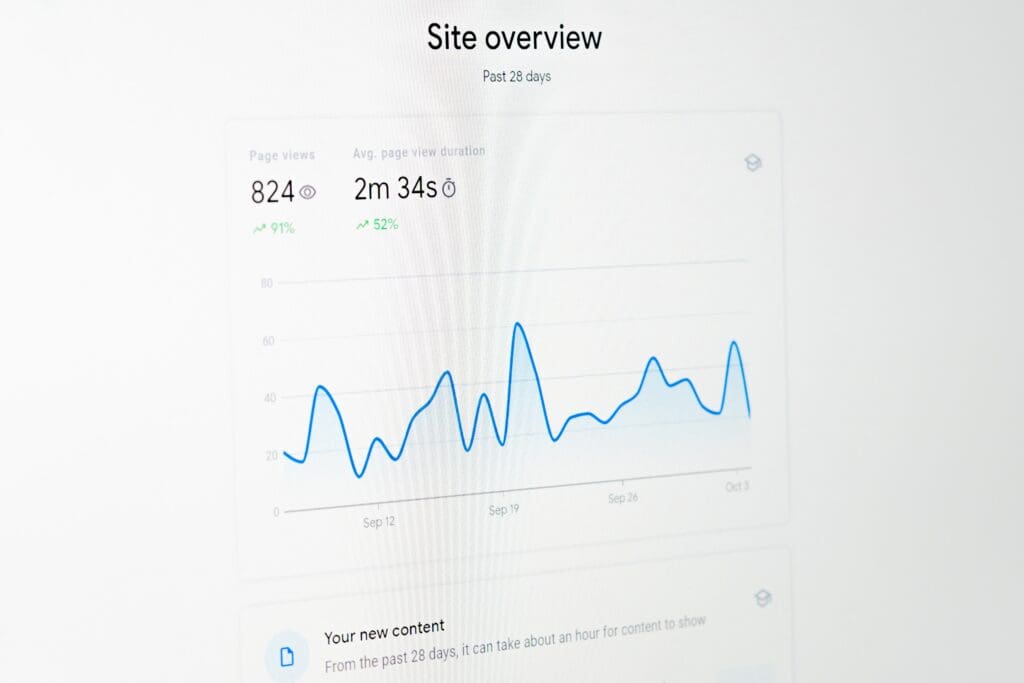Key Elements of a Good B2B User Experience

Key Elements of a Good B2B User Experience
Website design is crucial — making mistakes when it comes to the way that users interact with your site is a surefire way to lose leads and visitors as people fail to be captured by your site. Maybe it’s too complicated, maybe it’s not informative enough, or maybe it’s too slow. In any case, you need to get your site running as smoothly as possible.
Marketers and businesses have known this for years now, and in the last decade or two, thousands of hours and billions of dollars have been spent on sleek, responsive, optimized websites — but most of that effort seems to be in the B2C space. The B2B world has fallen by the wayside when it comes to UX, resulting in dated, clunky sites that no one wants to look at.
Remember, even though the B in B2B is for “business,” you’re still selling to people. There are probably half a dozen people working for a given client that have to sign off on a B2B purchase, and you need to impress them just as you would if they were typical consumers. Here’s how.
The Difference Between B2B and B2C UX
You’re still talking to people, but the sales process can look very different for a B2B product than it does for a B2C one. In general, you need intuitive navigation, relevant information, and a smooth experience, but you also have to remember the distinctions that come into play:
- The sales cycle: the purchase cycle of a B2B product is far longer than that of a B2C product. If you’re buying trash bags on Amazon, you can just click “Buy now with 1-Click,” confirm your address and billing (it’s actually two clicks, but who’s counting?), and you’re good to go. When you’re requisitioning database software for a company with 10 branches and 1000 employees, the decision takes longer.
- Switching costs: back to the trash bag example — if your usual brand is out of stock, you can buy a different brand. As long as they’re the same size and not made of tissue paper, you don’t care. But for B2B products, switching to a new product or service often involves infrastructure, installation, and downtime costs that make decision-makers nervous. You need to take that into account.
- Decision-makers: we mentioned above that you’re going to be pitching to half a dozen people, and that means a lower tolerance for risk. With everyone in the room trying to temper each other’s impulses, purchase intent drops significantly the more people that are involved. You can’t just wow them with graphics and clever copy and hope for an impulse buy — you need some steak to go with your sizzle.
- Relationships: since the sales cycle is so long, you’ll be in back-and-forth communication with potential buyers for a while before they actually pull the trigger. Hopefully, you’ll keep them on for years, building that relationship even further. That means asking for (and offering) more information about what you do, what they do, their industry challenges, budgetary concerns, company size, and so on. It’s a much more detailed and professional relationship than the B2C brands that get into snark-offs on Twitter.
So how do you roll all of the above into one coherent B2B website? Read on.
Clear Value Proposition
We mentioned the “decision-makers” that are going to be making the final call on whether to buy from you or not, but don’t forget about the people that work for them — the people who will actually be using your product.
They’re likely to be the ones that discover your product in the first place. They’re the ones that need convincing that it will make their lives easier, either in their everyday lives or behind the scenes. They’re often the ones that will tell the decision-makers about your product in the first place. Whoever’s looking at your page, they need to instantly know the answer to the question: why should I switch?
Navigation
B2B customers are going to be coming back to your page over and over before they make a purchase, and they’ll be referring their bosses and peers to your page, too. They need to be able to explore every nook and cranny of the pages and features you offer, find those specific pages again, and tell other people where to find them.
If you’re missing clear navigation elements like breadcrumbs, page headers, progress bars, and thank you pages after downloading a resource, your buyers will become confused and lost, distracting them from actually learning about your product.
Real-World Language
Don’t write about your product the way that you think about it internally — write about it the way that your customers talk about it. Those aren’t always the same thing, and a lot of companies get bogged down in jargon, using proprietary language and acronyms to sound fancy when in fact their customers are just glazing over.
Talk to your existing customers. If they say that your software “makes payroll run more smoothly,” that’s the language you should use, even if you were excited to tell people that your product “optimizes payroll workflows.” The way your existing customers think about your product is probably how your future customers will be searching for it.
Give Users Control
You don’t know how your users will interact with your site. Maybe they want to fill out a form or a survey, or maybe they want to come back later. Maybe they want to watch your demo video, or maybe they’re using a mobile device and can’t do that right now. In any case, it’s not your job to force-feed them information in the order you want to present it.
If you put a pop-up on your website inviting people to sign up for your newsletter or fill out a survey, make it easy to ignore or dismiss that pop-up. If you have information divided into chunks, which is a great idea, use tabs rather than a carousel that might advance while users aren’t looking. And if you want to include a video, please make sure it’s not autoplaying — especially if it has audio. Let your users and potential customers peruse your site and find out what they want to know on their own time and at their own pace.
The Bottom Line
At the end of the day, there’s no magic solution that will work for every single company or every single customer. Your goal isn’t to find the perfect website that will hypnotize every visitor into clicking the exact right links in the exact right order, it’s to provide useful, clean, relevant information that will honestly convince people that you can solve their problems. None of these guidelines is an ironclad rule, but they’re a good place to start.





